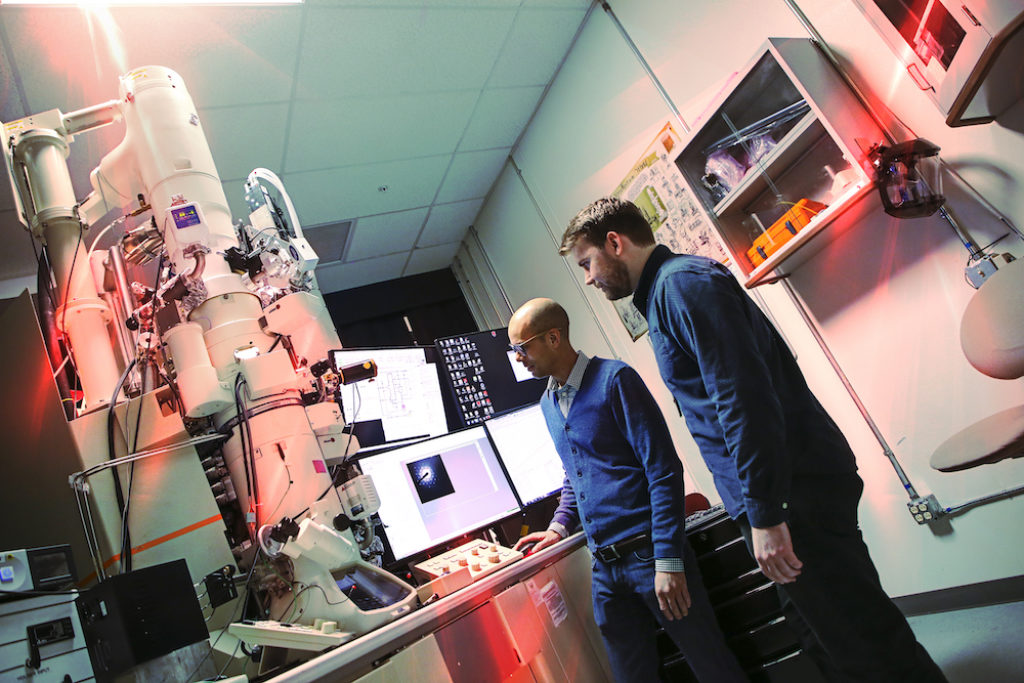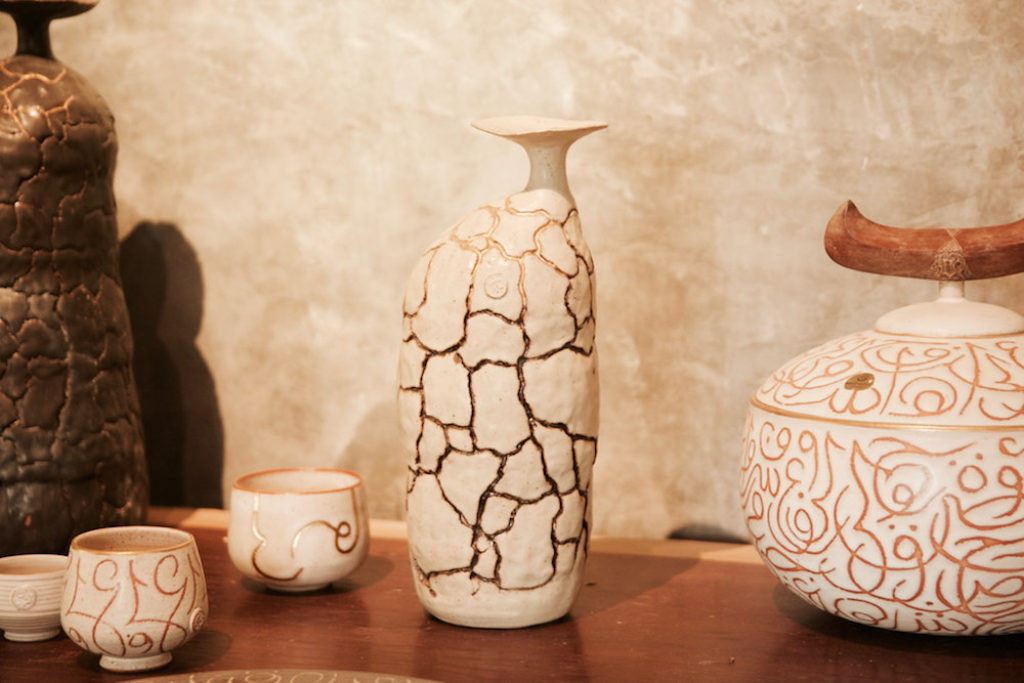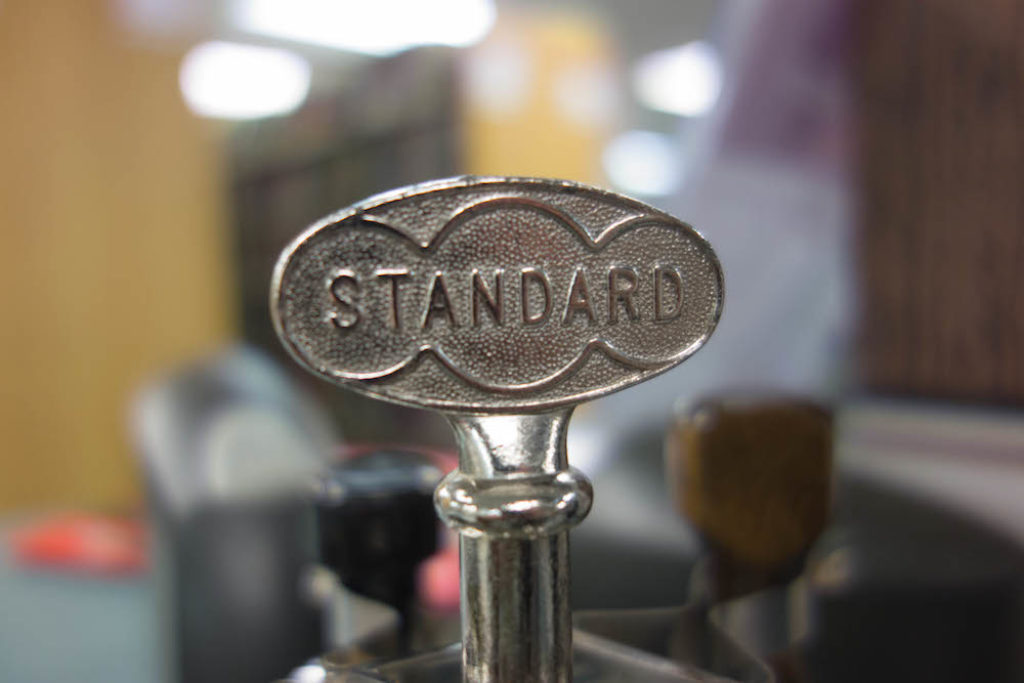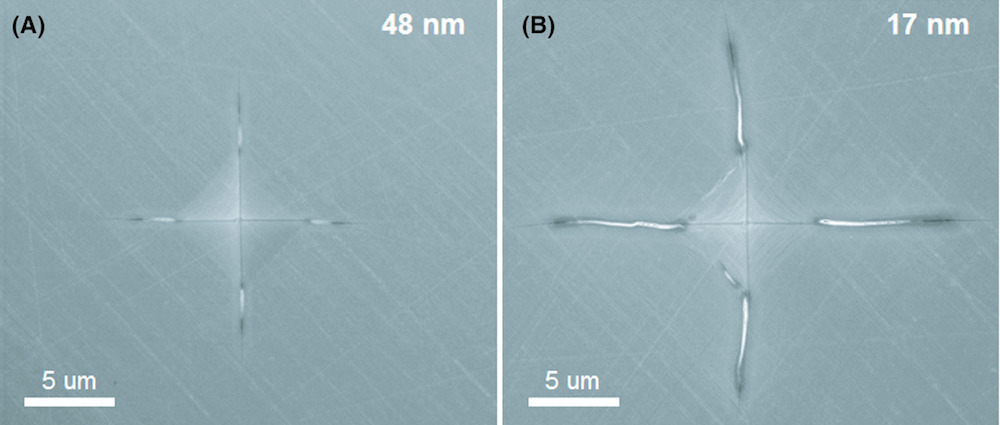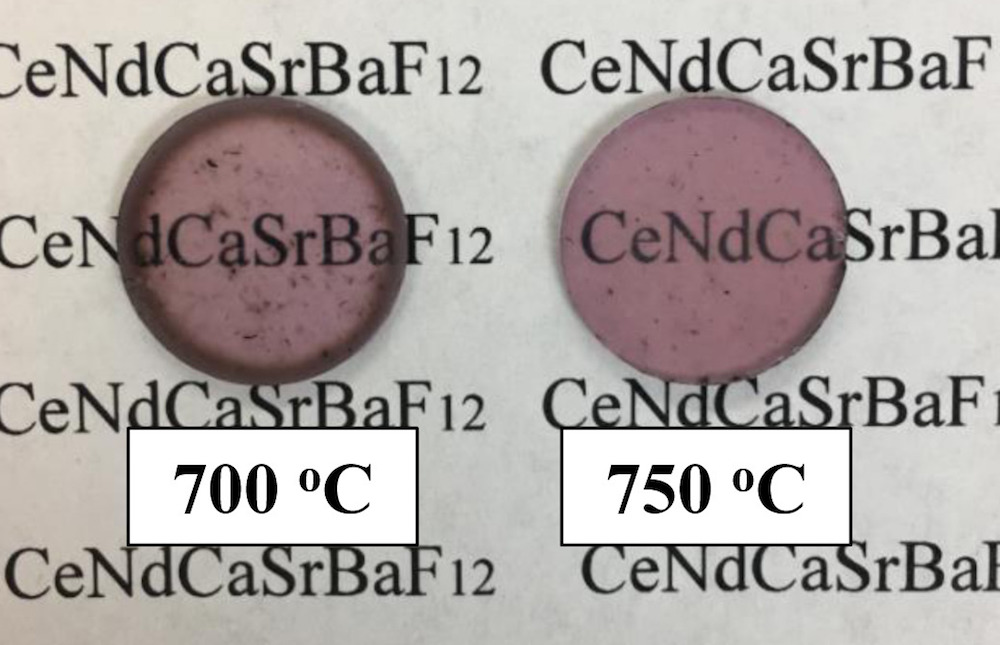Roughness plays a big role in determining friction and adhesion between materials, which greatly affects processes in both scientific and industrial fields. So understanding roughness can help control these factors. Researchers led by the University of Freiburg investigate the origins behind a particular characteristic of roughness—self-affinity.
Read MoreJust as car models build upon the successes and failures of the previous generation, so too do journal articles. See how such a process takes place through the comparison of two JACerS articles from 1981 and 2019 on indentation crack testing.
Read MoreEutectic materials self-assemble to form a cohesive structure, but only a limited set of structures emerge. Researchers from the University of Illinois at Urbana-Champaign and the University of Michigan found they could achieve new microstructures through templating.
Read MoreResearchers have struggled to create an accurate phase diagram of carbon for over 100 years. Now, two researchers from Russia explored melting of graphite and graphene and confirmed some previous hypotheses—and revealed graphene “melting” is in fact sublimation.
Read MoreWith over 50 standards on test methods, practices, guides, terminology, and specification for advanced ceramics under its jurisdiction, Committee C28 is proud to hold its first meetings of the year in conjunction with ACerS in January 2020.
Read MoreAn oxide glass that can plastically deform under unconfined loading conditions would be a big asset in potential applications. An international team of researchers found alumina glass films exhibit such an ability.
Read MoreHafnium oxide-based ferroelectrics are promising materials for nonvolatile memory devices, as they are compatible with modern semiconductor technologies. Researchers led by the Moscow Institute of Physics and Technology came up with a unique method to better characterize these materials.
Read MoreWhen grain sizes in ceramics become critically small, ceramics can appear to soften. Researchers led by the University of California, Davis, show this false impression is due to an extensive network of nanocracks caused by increased grain boundary energy.
Read MoreHigh-entropy materials present significant potential for numerous applications due to their unique chemistries, but such materials’ optical properties have not been studied fundamentally yet. Two researchers at Alfred University begin to fill this knowledge gap by investigating a transparent high‐entropy fluoride laser ceramic.
Read More
